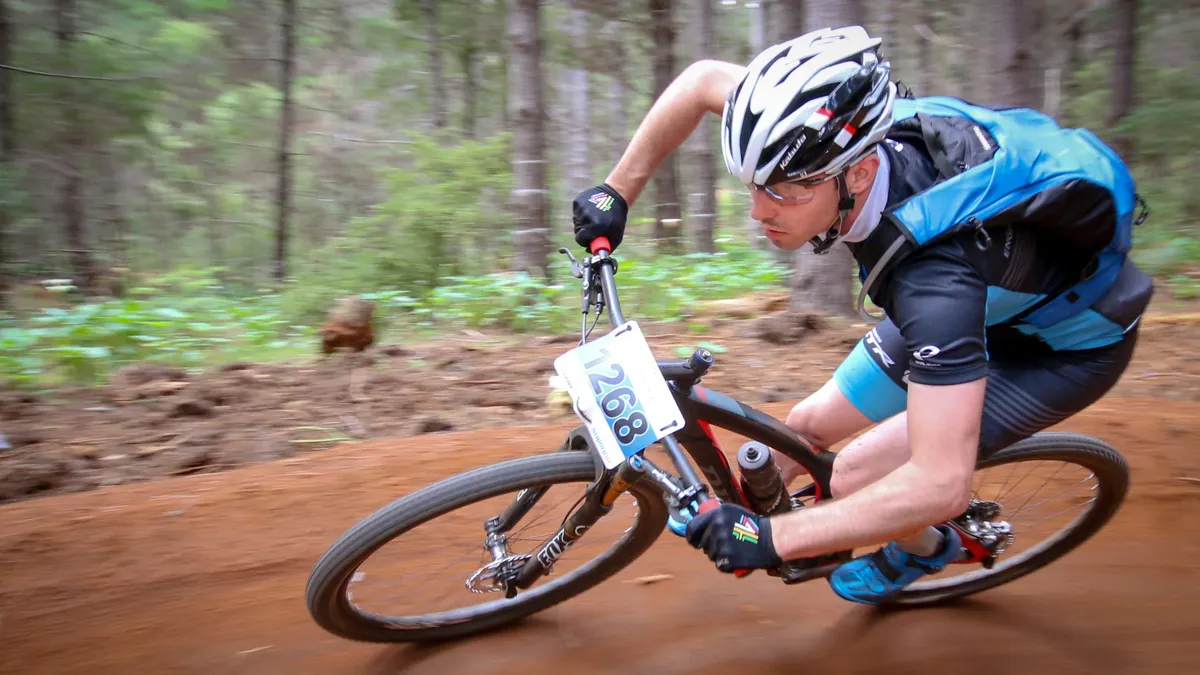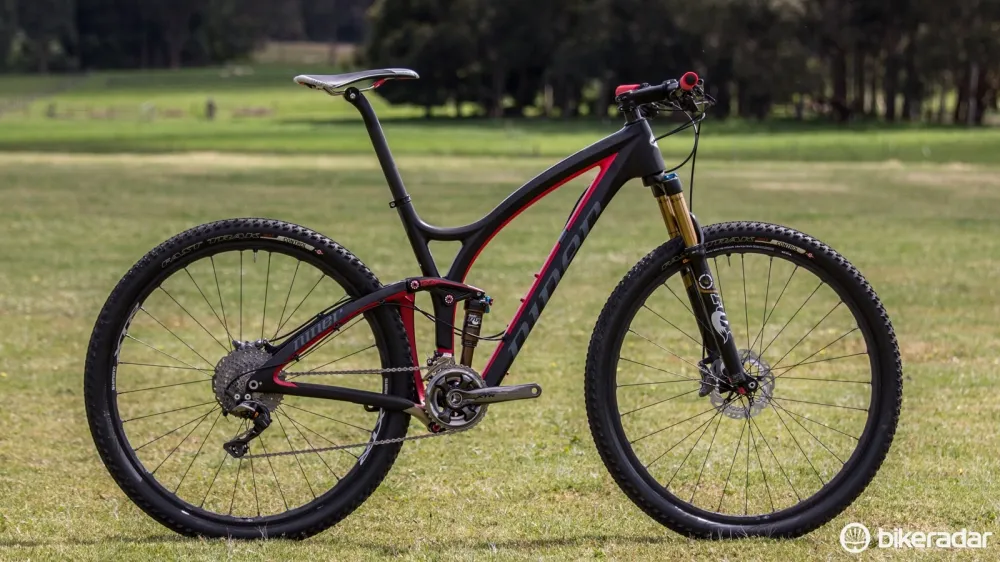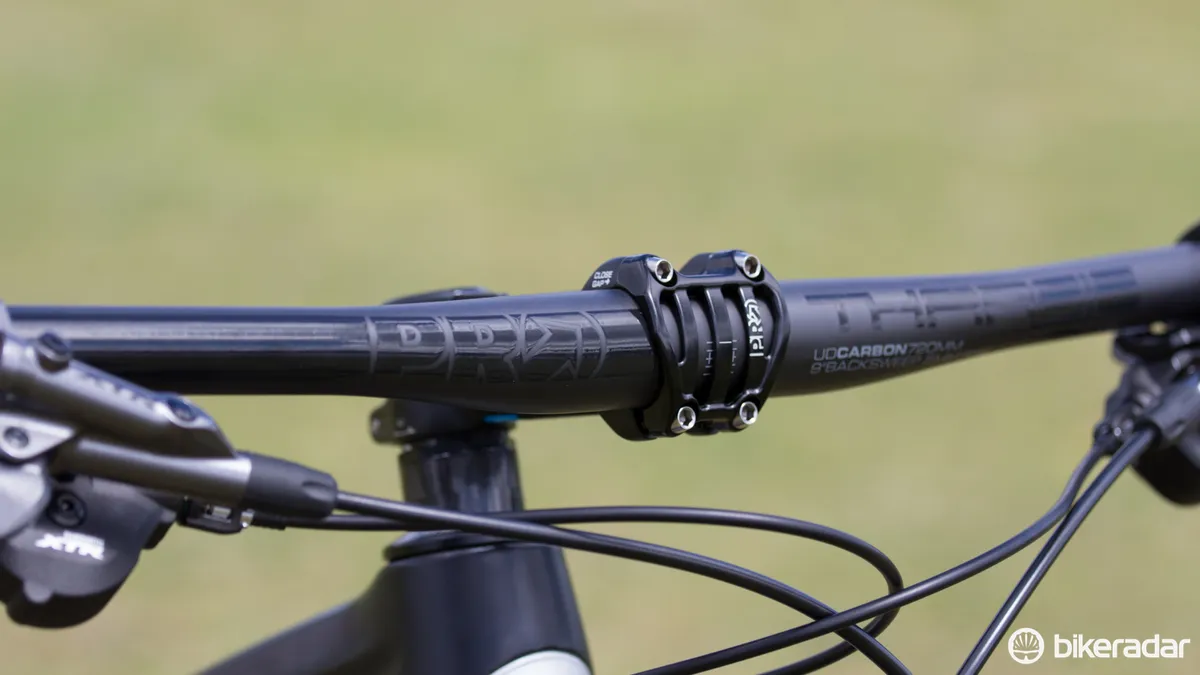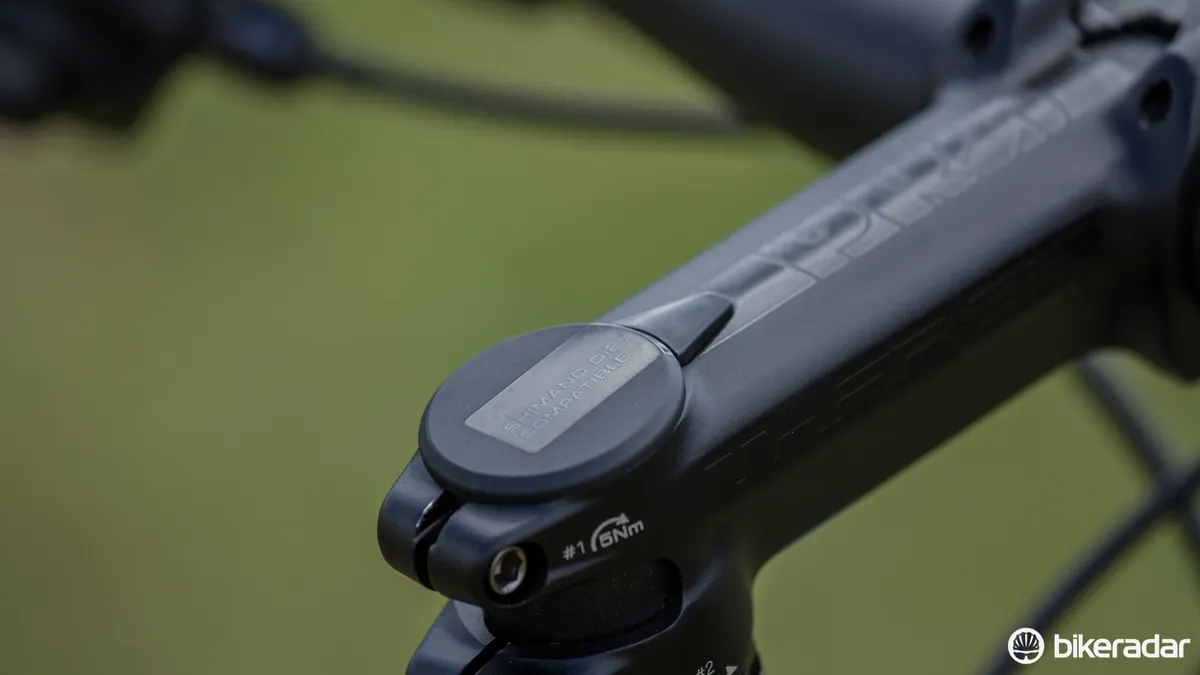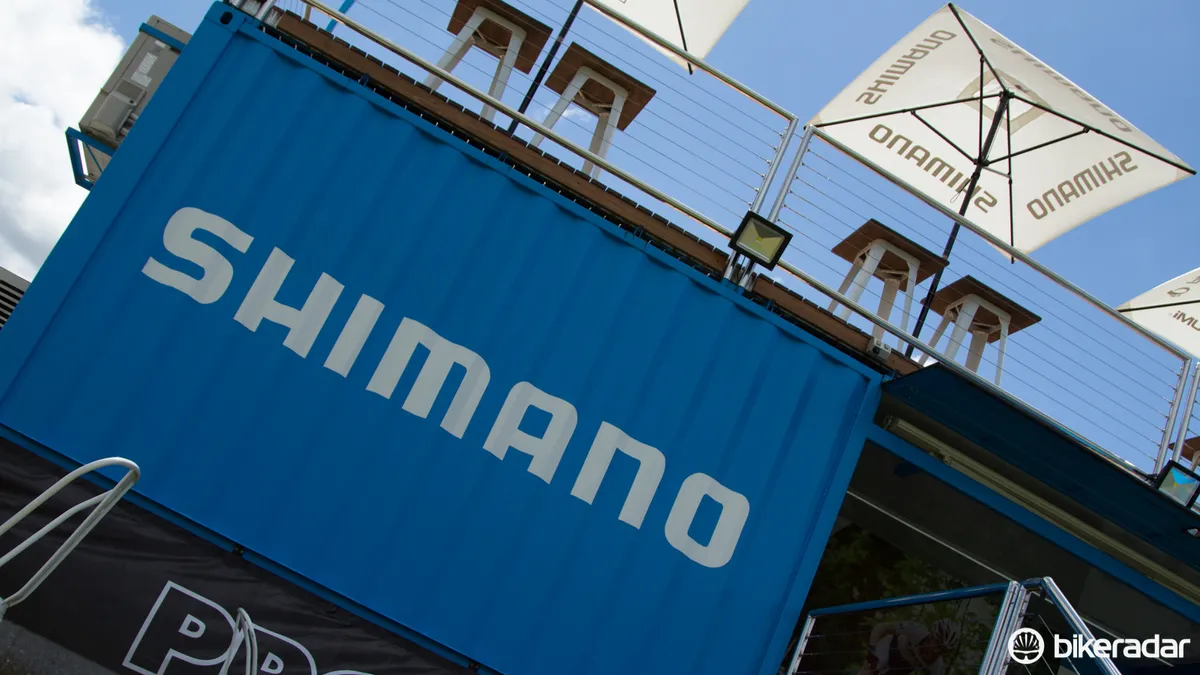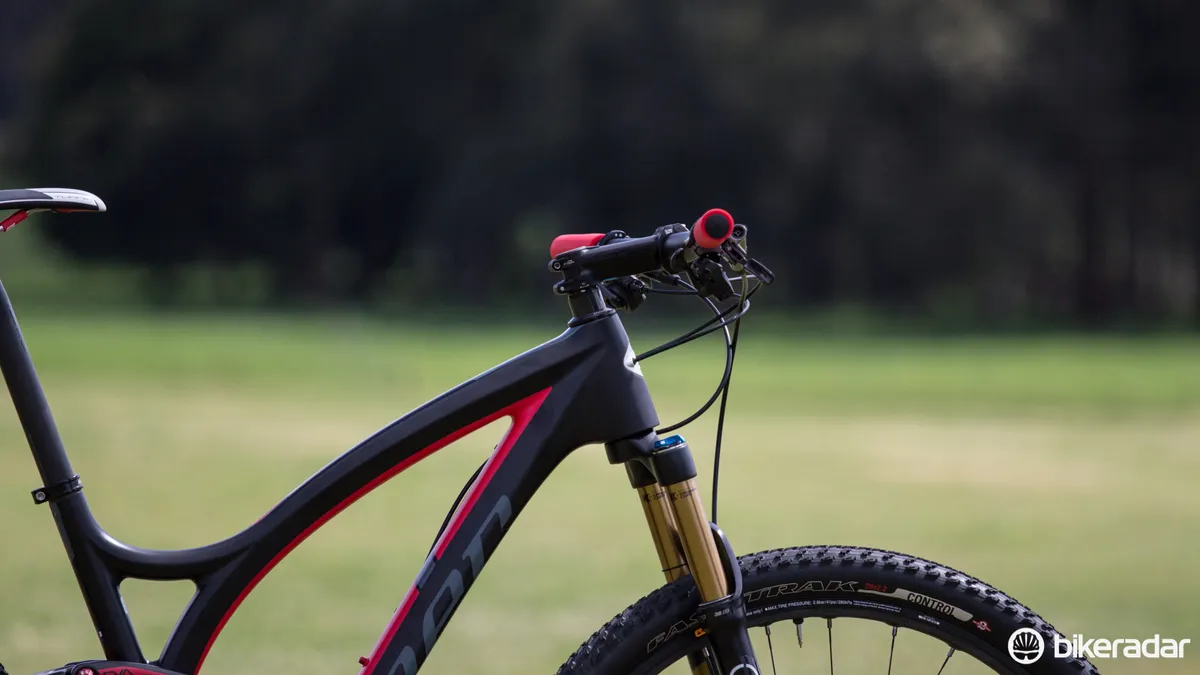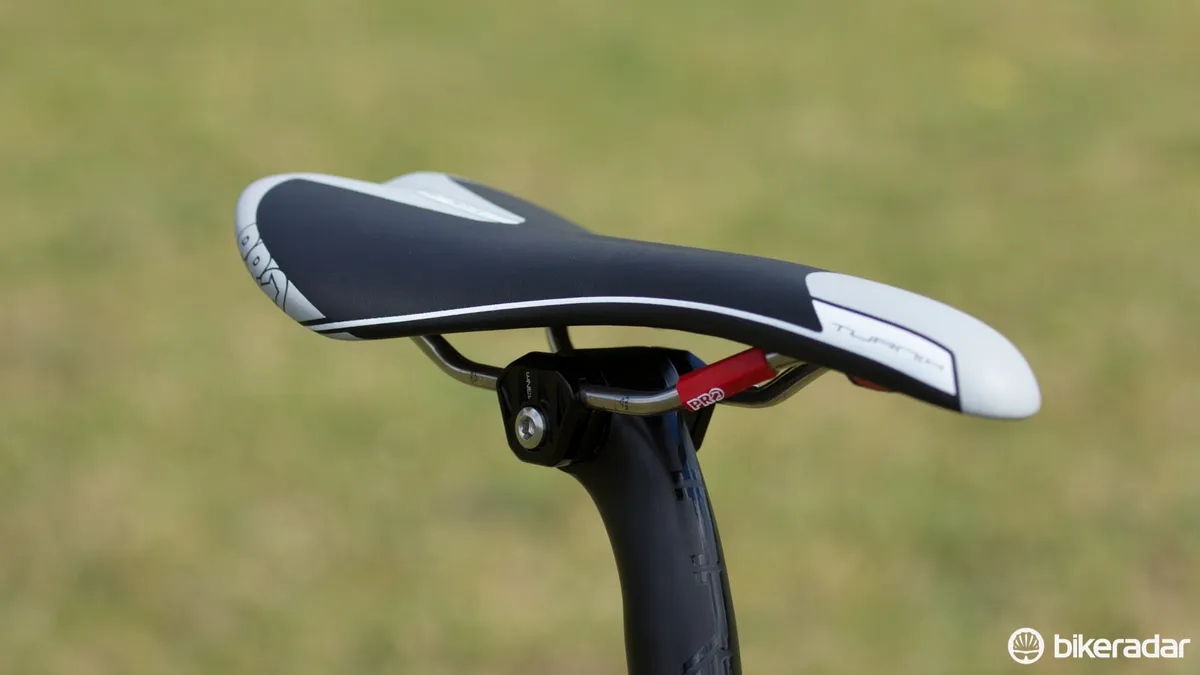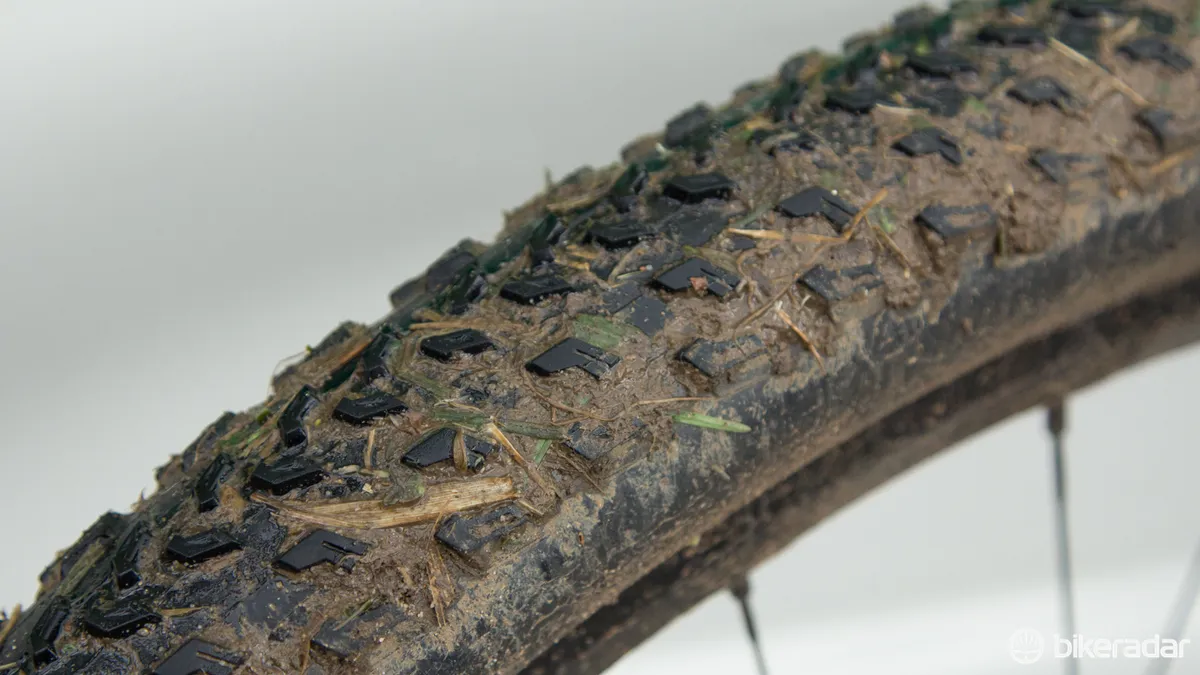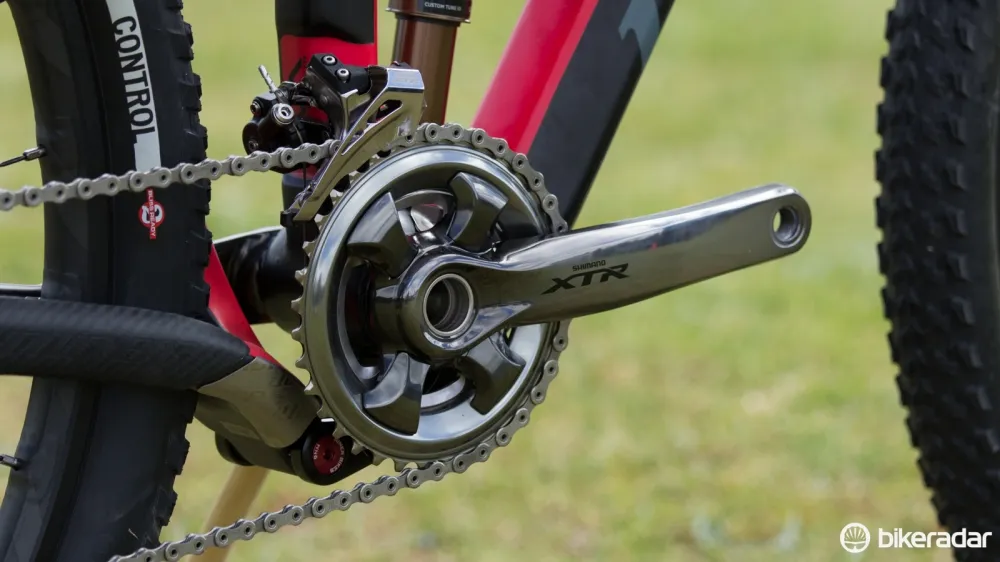At the end of October I was invited as a guest of Shimano to a very remote area of the world – Margaret River – 277km south of Perth, Australia. The invite was to attend the Cape to Cape mountain bike race and put the new 11-speed Shimano XTR to the test.
The brief from Shimano was a simple one: “Provide your choice of frame, fork and tyres, and we’ll provide the rest.” Deal.
- The course: 57km of Margaret River’s finest singletrack (and much pedalling to follow after)
- The equipment goal: A marathon superbike to play host to long-term testing of Shimano 11-speed M9000 groupset
- The horse: A Niner Jet 9 RDO with a Fox Float Factory fork, Specialized Fast Trak Command rubber and Shimano/PRO everything else
Given the cross-country marathon nature of the event, I wanted a frame that was going to be efficient, but still with enough trail attitude to put the Shimano components to the test. There were many suitable options on the market, but it was the recently updated Niner Jet 9 RDO that caught my eye.
I was in no doubt that this top-tier full carbon frame was deserving of Shimano’s best gear and while a 2380g frame weight (medium frame) wasn’t winning any awards, the solid reputation, versatility and distinctive aesthetic decided it.
In Australia, Niner is distributed by Rowney Sports, the owner being former pro-mountain biker Paul Rowney. If this name rings a bell, it’s because Rowney is a former Olympian and rode for the Cannondale/Sobe team among others. Rowney recommended putting a 120mm fork on the front, something that slackens the head angle and gives a little more trail confidence. Despite it not being an exact match for the 100mm rear, I took the advice.
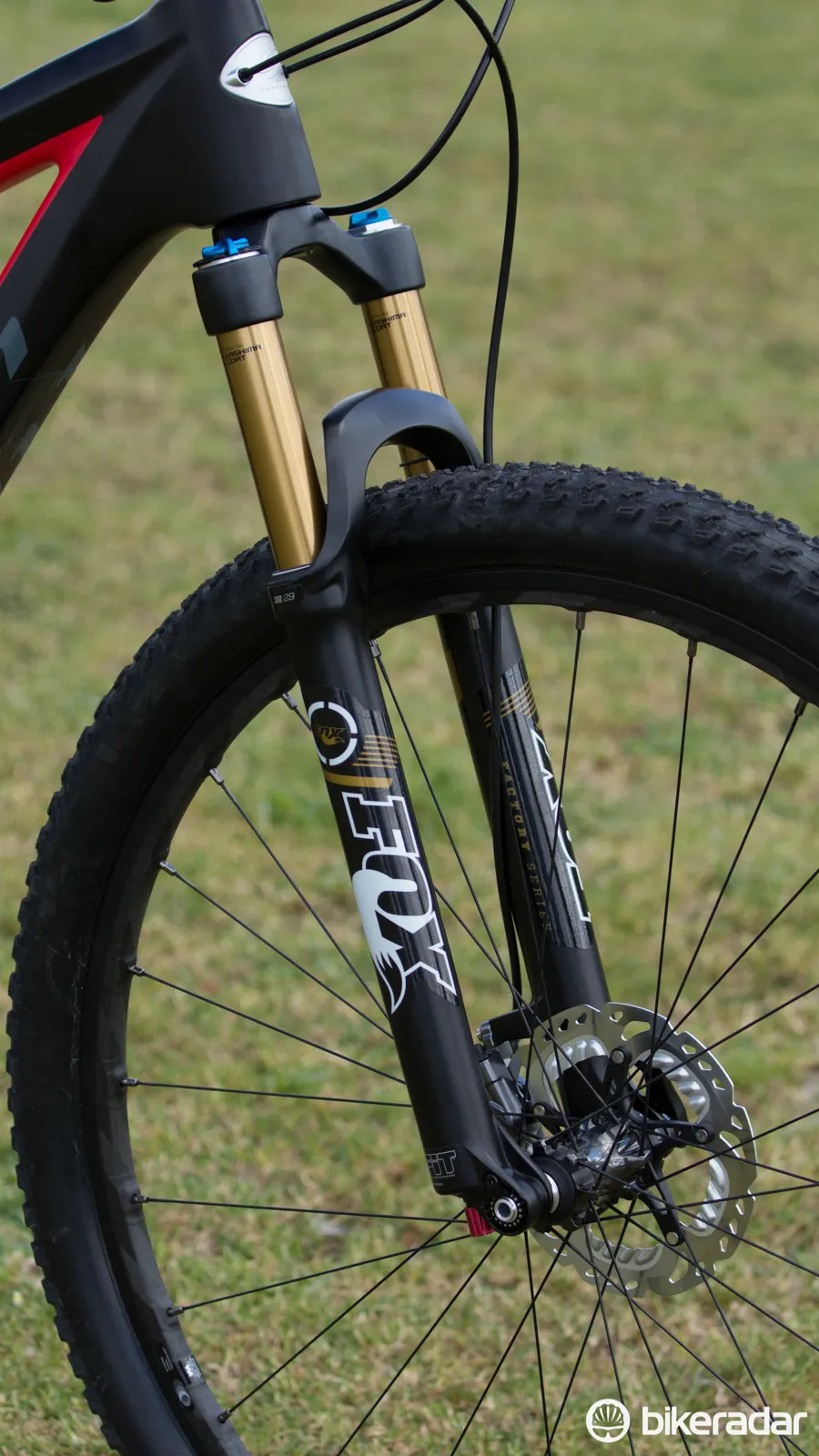
A 120mm fork on a 29er marathon bike makes for a comparatively tall front end
With the frame sorted, I went about finding a suitable cross-country orientated fork with 120mm of travel. Given the Fox shock on the back, a 2015 Float 29 120mm Factory with Kashima coat was the natural match.
For 2015, the fork received updates in the form of refined Kashima coating, different oil and improvements to the seal head and damper cartridge tune – all changes to seek reduced friction and improve small bump compliance and plushness. As with the frame, the 1.8kg weight (including thru-axle) isn’t amazingly light, but I was optimistic about its ability to deliver the goods reliably.
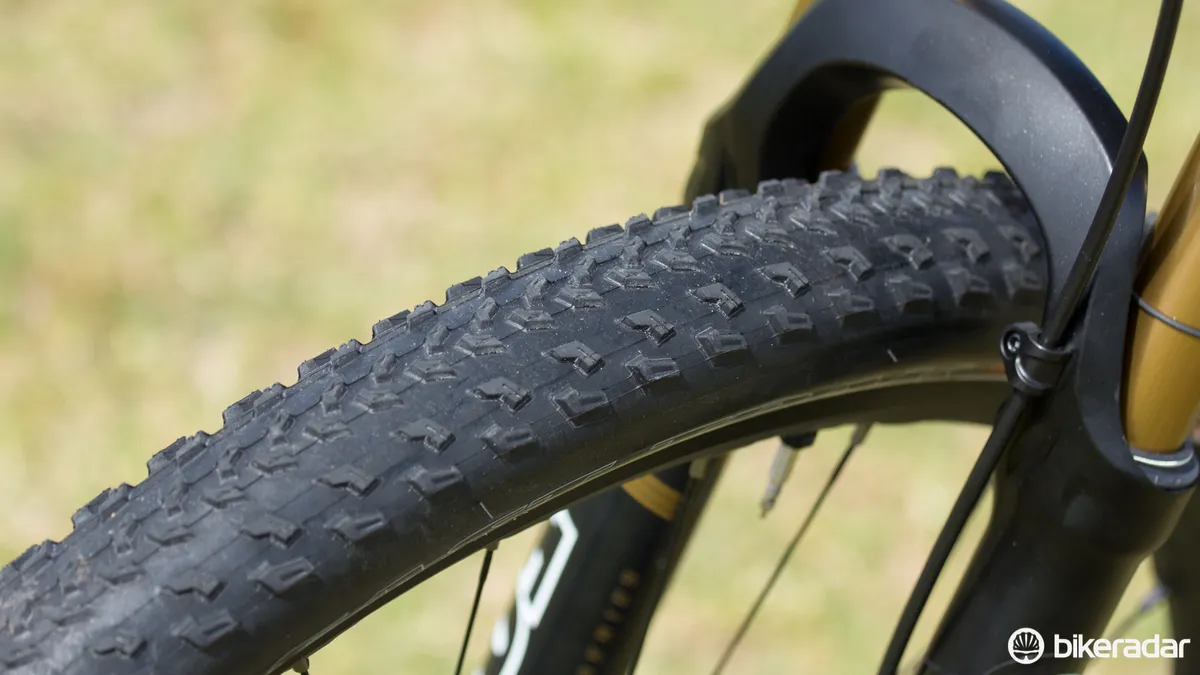
Lastly, rubber was needed. Of course when it comes to a cross-country tread there are a plethora of options from nearly every brand. Specifying tubeless, 29in, lightweight and fast rolling didn’t reduce these options either. In the end, I went with a pair of 2015 Specialized Fast Trak Controls. It had been a few years since I last used these, and I wanted to see how far they had come.
Having handed over our part-kitted steed to Shimano's people, they finished off the build with a complete XTR M9000 XC race group (including wheels) and new Tharsis XC components from in-house component brand PRO. The result – a respectable, but not superlight 10.83kg total build before pedals.
The race
Although the Cape to Cape race is a four stage event that covers some 220km, our invite was for the 57km third stage, one that includes much of the event's singletrack and has the reputation as being the day with the most fun. In addition to this, the invitational ‘elite only’ RedBull Showdown would take place the evening before, offering time bonuses for those competing – as well as great potential for embarrassment among the rarely participating media types.
There were certainly a few nerves leading into the weekend and, mainly because a hip injury had kept me from doing any form of distance training for a frustrating length of time, to say I was prepared for this event would be an outright lie.
That wasn't the only factor preying on the mind either. Speak to any experienced rider about doing an event, and the advice will always be the same – ride what you know. Wear your favourite shorts, be confident in your equipment, and never use anything brand new. Well, I had none of those luxuries.
Having received the bike just hours before the RedBull showdown, there was plenty to go through in terms of setup. Unfortunately the brand new, unseen nature of everything meant that things were far from ideal – and I quickly became a painful sight to the Shimano employees.
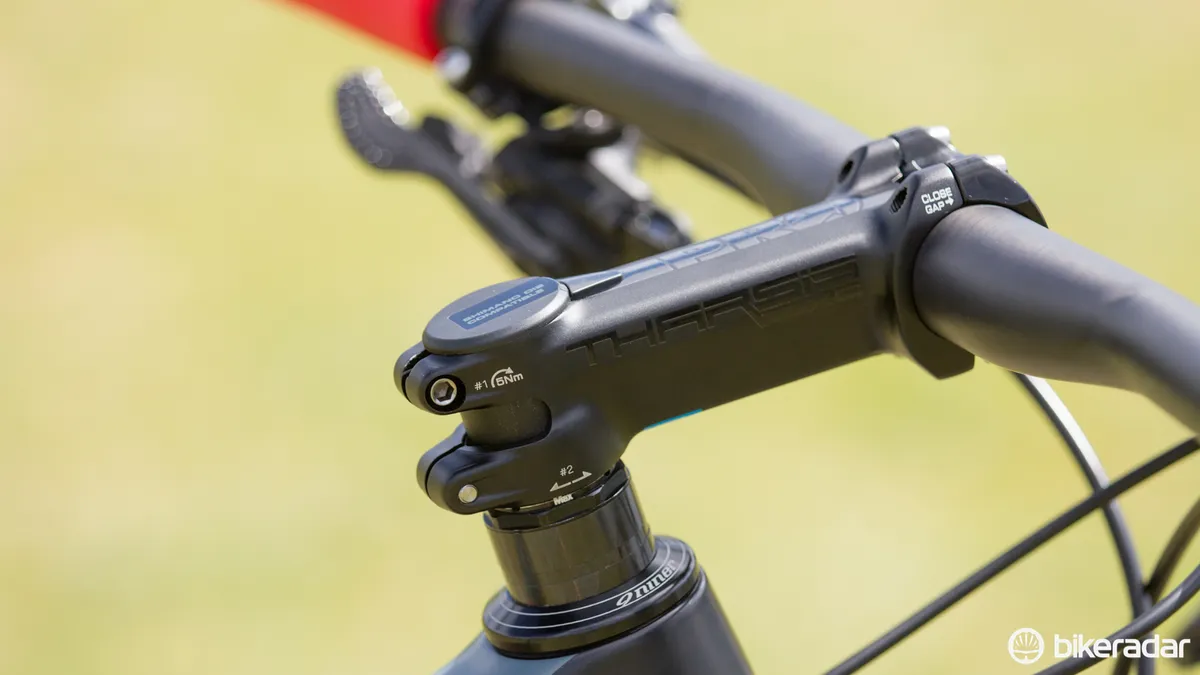
With a false start, further testing is still to come with the new PRO Tharsis XC stem
One of the main setup quirks was with the PRO Tharsis XC stem that, by not using a traditional star-nut and topcap to preload the headset, leaves the steerer tube open for a Di2 battery. Instead, it uses a threaded collar on the outside that's adjusted with an old headset spanner to preload the bearings.
In theory the design is clean, but it was quickly obvious that the system doesn't allow for removing spacers from beneath the headset, as that would lead to a raw steerer tube unsafely poking out the top. Another major issue was that without the topcap present, the stem constantly would rock itself just enough off the steerer that the headset would become completely loose. With little more than a hammer and a screwdriver, a star-nut was installed and a much-needed lower handlebar height was achieved and the weird self-loosening headset disappeared. More testing on this will follow.
With just over an hour to get used to the jumps and berms that made up the Showdown course, every short lap resulted in a different mechanical. Whether it was the rear tyre leaking pressure so it burped from the rim, the dropped chain from a poorly set limit screw or the headset that worked itself loose on three separate occasions, my issues seemed endless. Thankfully, with time up, the final test lap resulted in a problem free ride and I was ready to race.
While my fitness was clearly lacking, the bike was not. Jumping on the pedals at the start was met with respectable acceleration, with the relatively lightweight wheels and tyres being a key advantage here.
Being covered in Western Australia’s infamous pea gravel, the surface wasn’t ideally suited to the Fast Trak’s low-profile tread – but few other tyre choices would have been much of an improvement. The corners caused an immediate drift beneath, but berms eagerly awaited every tyre slide, which took some getting used to.
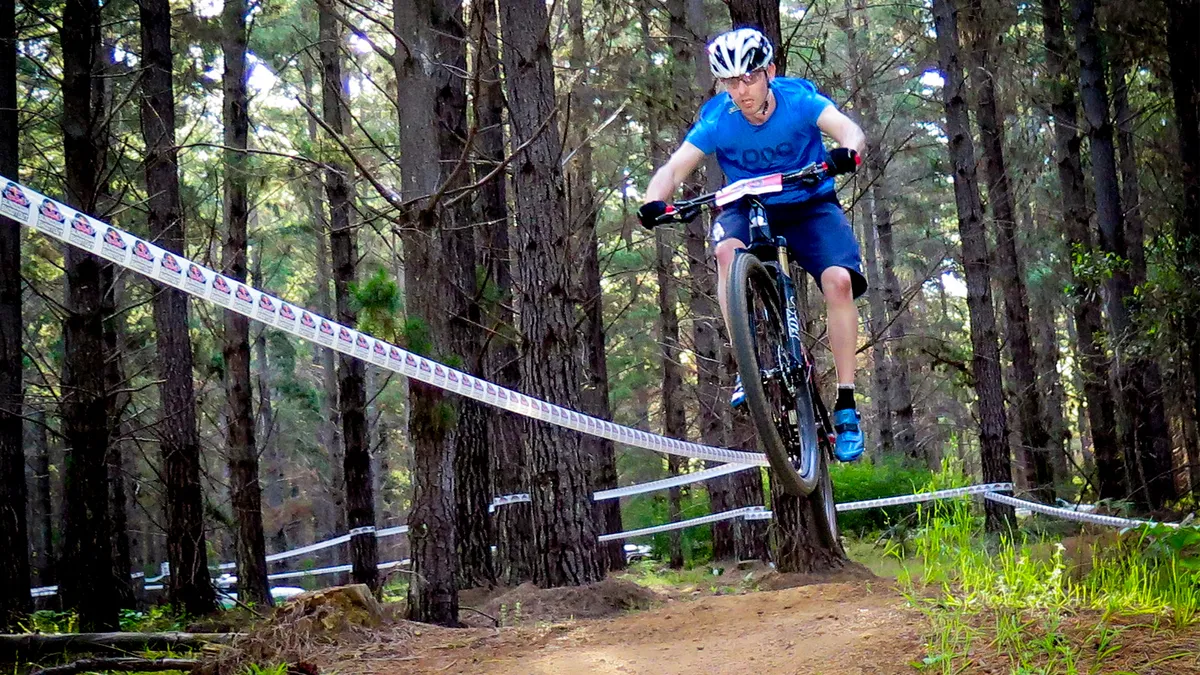
Short and sweet – that's exactly what the RedBull Showdown course was
The consecutive jumps, braking bumps and gravel covered terrain immediately put the suspension to the test. It proved confident on landing while still offering a respectable level of small bump compliance to keep the front from washing out – the subtle improvements to the fork's initial stiction were noticeable.
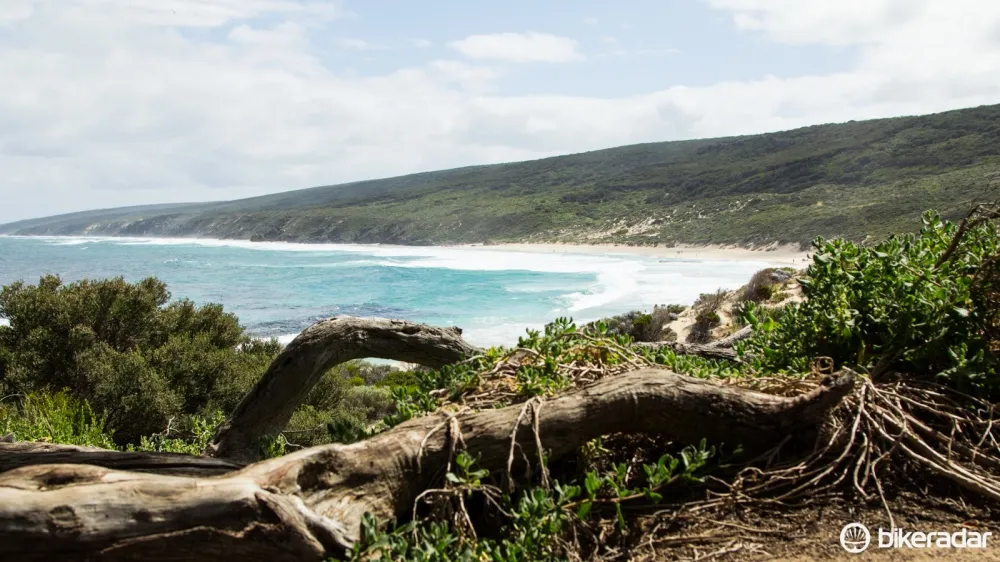
The view from our accomodation, a 30 minute drive from the race start
The following morning was the main event, 57km accompanied by some 1,800 other riders on a course that makes its way from a winery to a brewery through twisting pine forests. Tough gig, hey?
Having dialled the bike in the night before, I was disheartened to see the ‘tubeless-ready’ rear tyre had lost substantial pressure overnight. After a quick top-up and a serious shake to move the tubeless sealant in the tyre, I was hopeful it would just seal on the move. Thankfully it did the trick, but after the race I got these tyres properly sorted – replacing the leaking valve stem and resting the wheel flat on a bucket fixed the pressure loss.
Efforts to ignore the early groans from my hip occupied the opening kilometres of the day's riding, a combination of road and firetrails geared to enable gaps form before we hit the custom-built singletrack trails – and offering a chance to fully test this horse.
The first corners were met with reasonable confidence, learning the bike’s capability the night before. The 120mm front fork shrugged off any embedded rock or root, with the 100mm out back following suit.
I certainly seemed to have an equipment advantage among the group I was riding with, with changes in pace from the terrain not proving too energy intensive. Where competitors spun out on loose climbs, the Niner just effortlessly kept traction – technique was a factor for sure, but the bike still climbed with impressive poise.
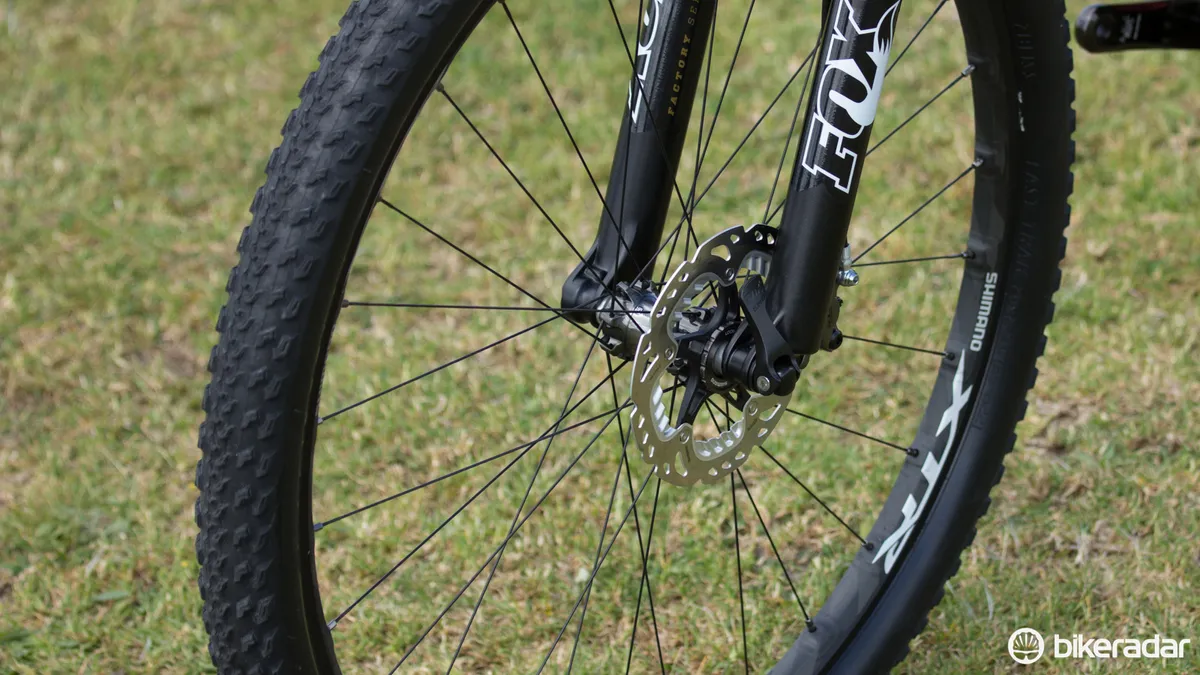
Helping to provide confident steering precision were the M9000 wheels. While they don’t scream ‘race’ on the scales, they spun so freely that I needed the brakes more than expected. I’d never before seen a well serviced mountain bike wheel spin so smoothly.
At the 24km mark, not too long after reaching the beautifully manicured and flowing pine forest trails, I hit trouble. I shifted for the big ring and waited once again for the XTR’s swiftness… instead I was rudely interrupted by a sudden noisy jamming of the crank.
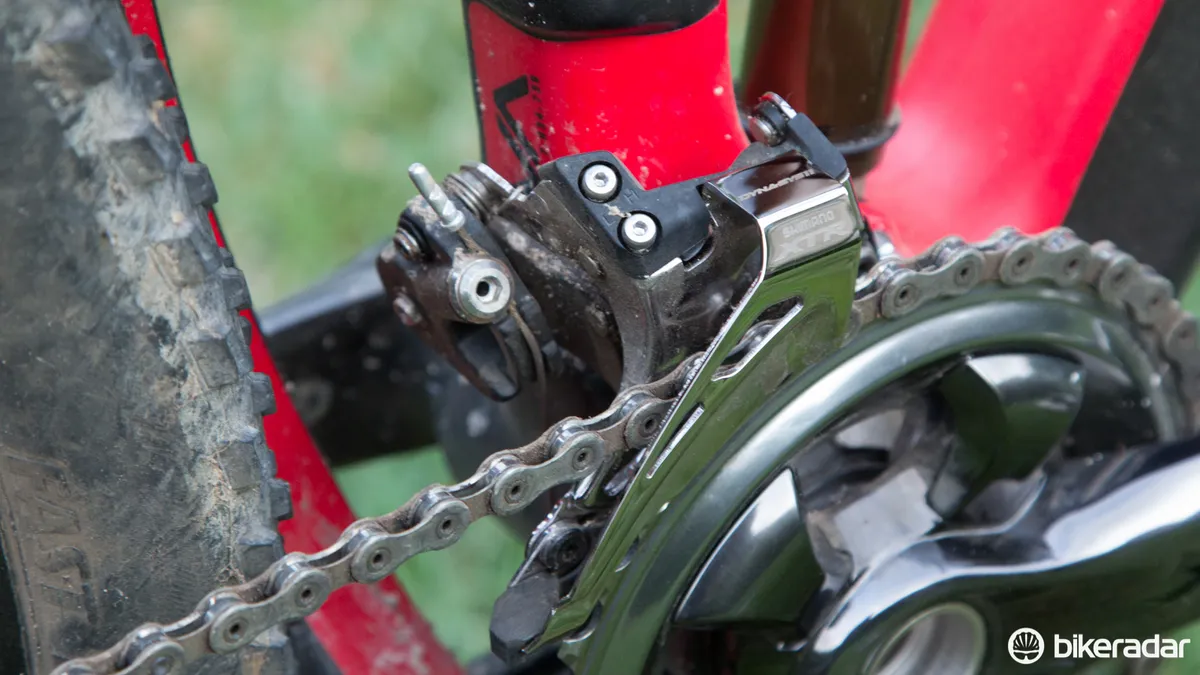
Shfiting was working perfectly until the derailleur slipped from its position
Had I just dropped a chain on the new XTR (after setting it up properly the day before)? No, unfortunately that would be too simple.
Instead, the E-type front derailleur hadn’t been tightened fully and the shifting had pulled the entire derailleur downward and into the crank. Without being able to remove the crank to access these bolts, there was nothing more I could do than pull the derailleur up by hand and try to remember not to use the left shifter again. Bugger.
The next 30km or so were done in the 26t chainring – a potential race killer for many, but perhaps a blessing in disguise for me given my injury and general lack of preparation.
Up until this point, the new XTR had been working near-flawlessly and with perfect precision. The rear gears at least continued to work in this manner, requiring the lightest twist of the shifter-mounted barrel adjuster to keep the shifting crisp following a little settling of the new cables.
Something that I and a few other media counterparts experienced was creaking in the 11-40t cassette. While many noted that this all but disappeared as the riding went on, mine got noisier. It’s because of these kinds of niggles that we keep our hands on groupsets – and bikes – for longer term testing, and we’ll be actively looking into a fix for the noise issue.
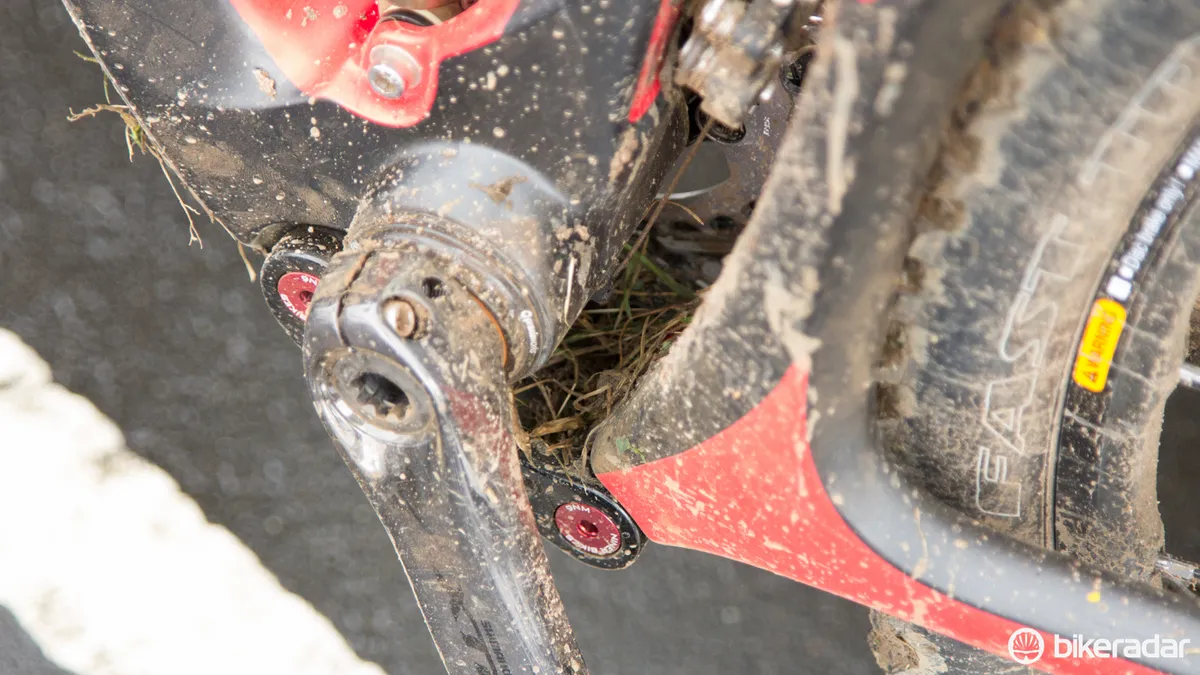
The Niner's suspension design provides an unwanted shelf for muck from the rear wheel
The rain had begun to fall by the end of the stage, creating a gloopy peanut butter-like surface that plugged the tread in the tyres, although there was still plenty of space in the frame and fork to handle it. The conditions highlighted a negative to the Niner's suspension linkage layout, with grass and muck collecting in the bottom linkage.
After I finished the race in a time definitely not worth gloating about, the guys from Shimano jokingly asked if I had any more troubles following the mishaps from the evening before. They were clearly sad to have asked.
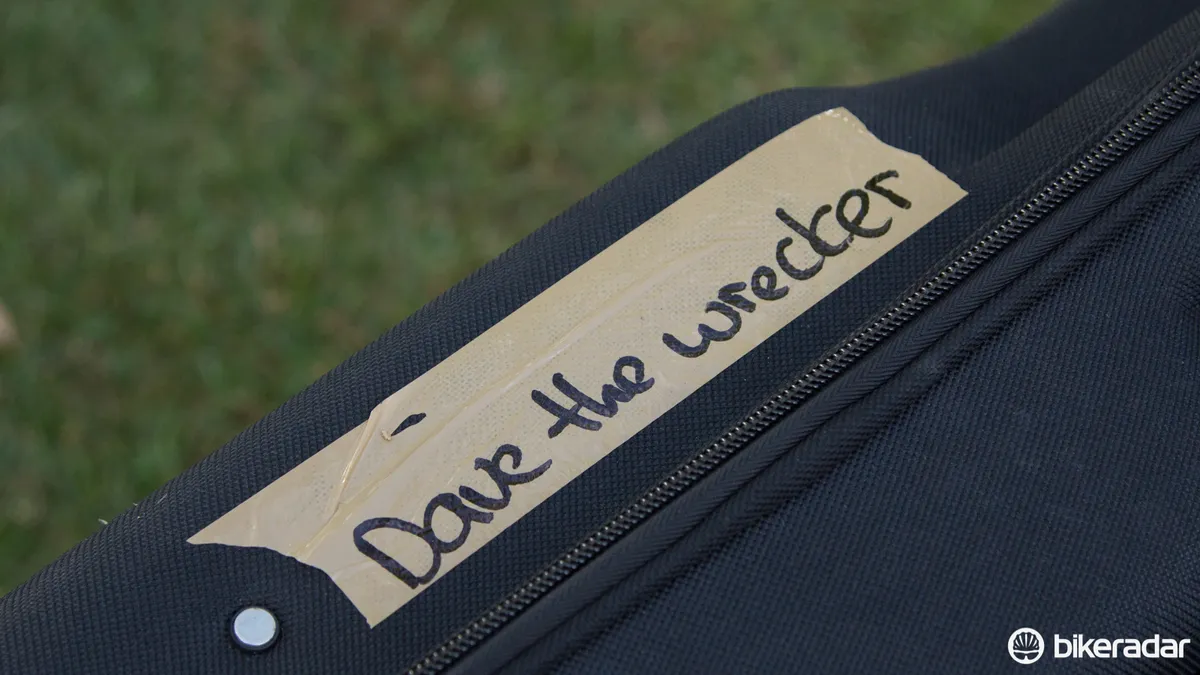
The new nickname for BikeRadar's Australian editor
Following those past two days of mechanical issues with the new ride, they presented me with my bike case… decorated with a fresh nickname – ‘Dave the wrecker’.
While I was apparently the only rider to have issues, given that I hadn't assembled my ride this didn't seem entirely fair. But I later found that I'd also managed to hole a brand new pair of socks in just 57km – so perhaps the nickname was appropriate after all.
